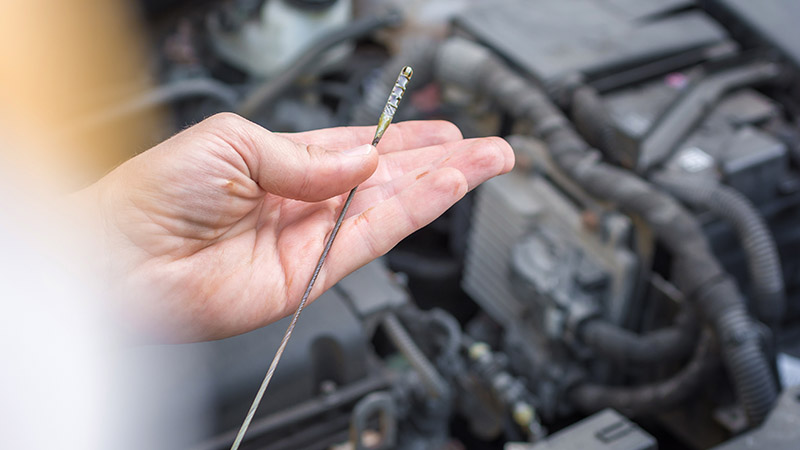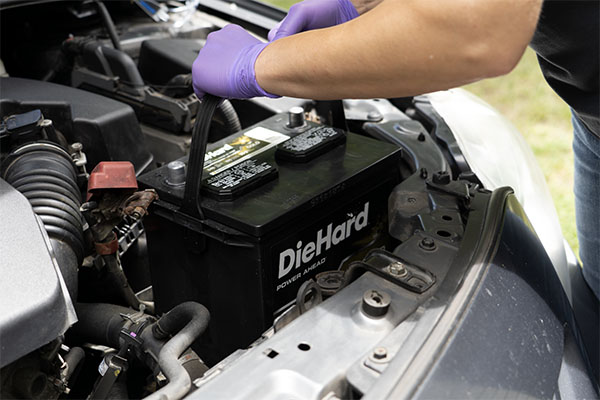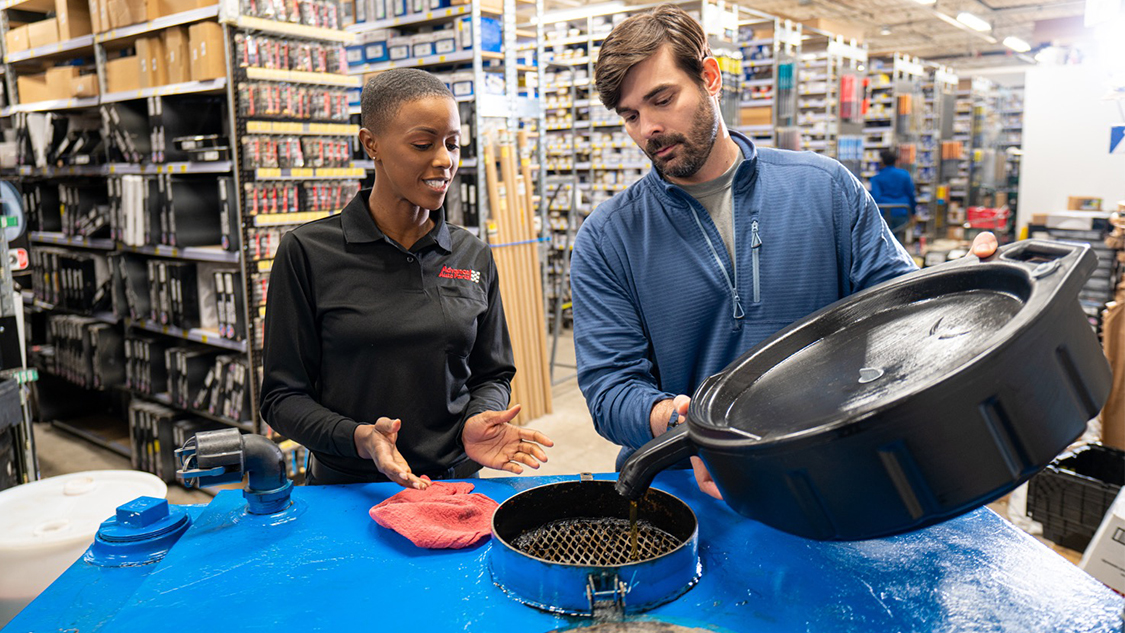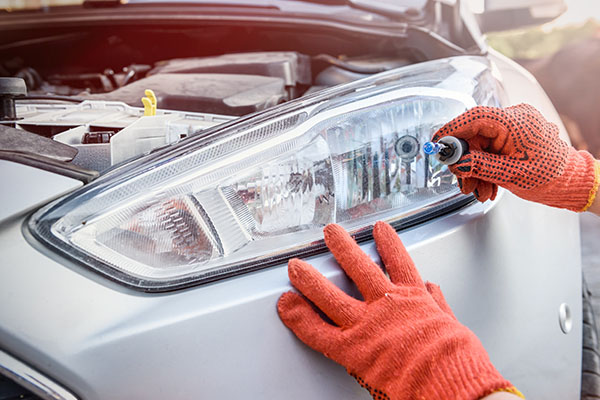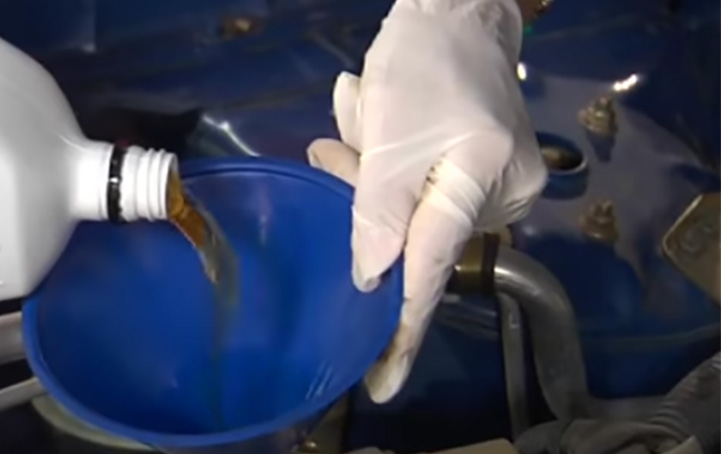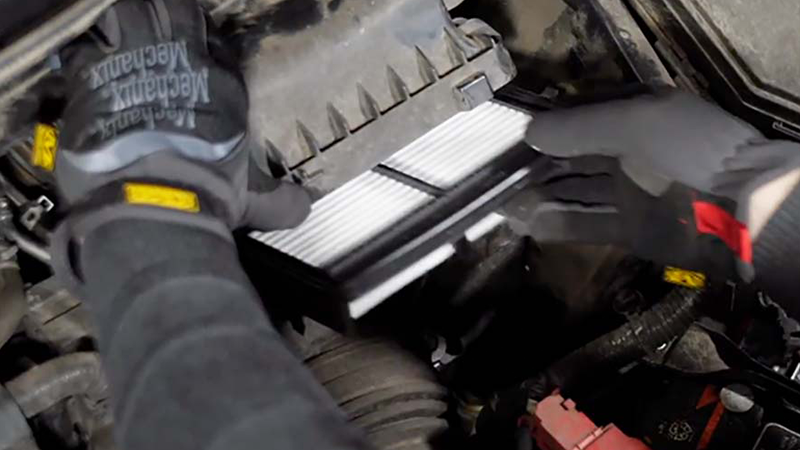Engines wear out. It's an unfortunate truth, but it's not one you simply have to accept, even if you own a classic car. There are steps you can take to keep your engine from deteriorating for a long time, the most important of which is ensuring it's properly lubricated and that the oil is changed regularly. But does your classic car's engine want classic oil? Does it need supplements that aren't found in modern oil, like ZDDP? Read on to find out.

What is ZDDP?
Zinc dialkyldithiophosphate, or ZDDP, was once a common and useful engine oil additive. It was inexpensive, highly effective metal-on-metal antiwear additive, and as a result, it was used widely in engine oils from the 1940s through the 1970s, and is still in use in some cases today. If your car was built during the peak period of use, chances are its intended motor oil included ZDDP. But in the past few decades, it has been phased out due to concerns over its toxicity.
How does ZDDP work?
As your engine runs, it generates heat and friction, especially at high-stress points like the cams, valves, and tappets, where metal-to-metal contact pressures can be extreme. As this heat and friction builds, the ZDDP breaks down into its chemical components, coating the metal with what's called a tribofilm and taking the brunt of the load. This film forms at the atomic scale, helping to protect the metal in your engine, and reacts in a "smart" way, increasing the protection as the friction and pressure increases. By reducing direct metal-to-metal contact, the ZDDP provides a replenishable wear surface that prolongs the life of your engine. Studies of ZDDP have shown that it effectively provides a cushioning effect on the underlying metal, distributing the force upon it and, accordingly, the wear.
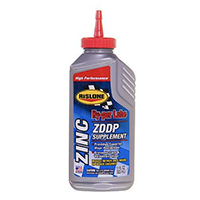
Rislone Hy-per Lube Zinc ZDDP Supplement
"A must have with every oil change in old muscle cars. Got to have the ZDDP zinc for the cam shaft." - Advance Auto Parts Customer
When does a car need ZDDP?
If you own a modern car, built in the 1990s or more recently, there's no need to add ZDDP to your engine oil. Just ensure you use the oil specified by your manufacturer in your owner's manual. Modern engines are designed around low- or no-ZDDP oils, and they often use lower valve spring rates, roller lifters, and other methods to reduce the metal-on-metal friction pressure, particularly in the valve train, that ZDDP was used to combat. In classic engines with high-pressure friction points, however, ZDDP is still a useful ingredient in preserving the performance and extending the life of your car. Today's oils often contain some level of ZDDP, though the latest ones often contain only trace amounts—enough to help newer cars with minor wear issues but not enough to prevent newly rebuilt or broken-in classic car engines from wearing at much higher rates than intended. While the debate is still raging among enthusiasts, there's good evidence that classic-car owners should ensure their engines are getting adequate amounts of ZDDP.
Should you add ZDDP to your oil?
Exactly how to ensure your engine is getting enough ZDDP is another question. Some oils sold in auto parts shops, like Advance Auto Parts, still include ZDDP in their formulation. Some of these are only for racing or off-road use, however, and some are not widely available in all regions. None of the oils that still include some quantity of ZDDP indicate on the bottle just how much they contain, or how that compares to the oil originally specified for your car. You can, of course, call the company that makes the oil and find out for yourself with some digging—but that can be a slow and frustrating process. Fortunately, there are ZDDP additives available on the shelves at your local Advance Auto Parts or online.
These additives are easy to use and economical, so it's a cheap and simple way to provide your engine with some solid insurance against premature wear. All you have to do is follow the instructions on the bottle, which typically involve pouring some or all of a container into the engine oil fill port. Don't exceed the recommended amount; it won't increase your protection and will only waste the additive (and your money) and put more of the harmful zinc and phosphate components of the compound into the environment than necessary.
Which ZDDP additive should you buy?
As great as ZDDP is for protecting your engine, and as many amazing smart-material behaviors as it exhibits at the molecular level, it isn't a mysterious, proprietary chemical. It has been used and tested for more than 70 years. In other words, just about any ZDDP additive you'll find will work great in your engine. Some brands of ZDDP additive may be designed to work with the same brand's engine oil, so those seeking the ultimate in peace of mind might want to team them together. Otherwise, just grab a bottle of your preferred brand and use as directed to give your classic-car engine the protection and longevity it deserves. Do you have experience with ZDDP? Let us know.
